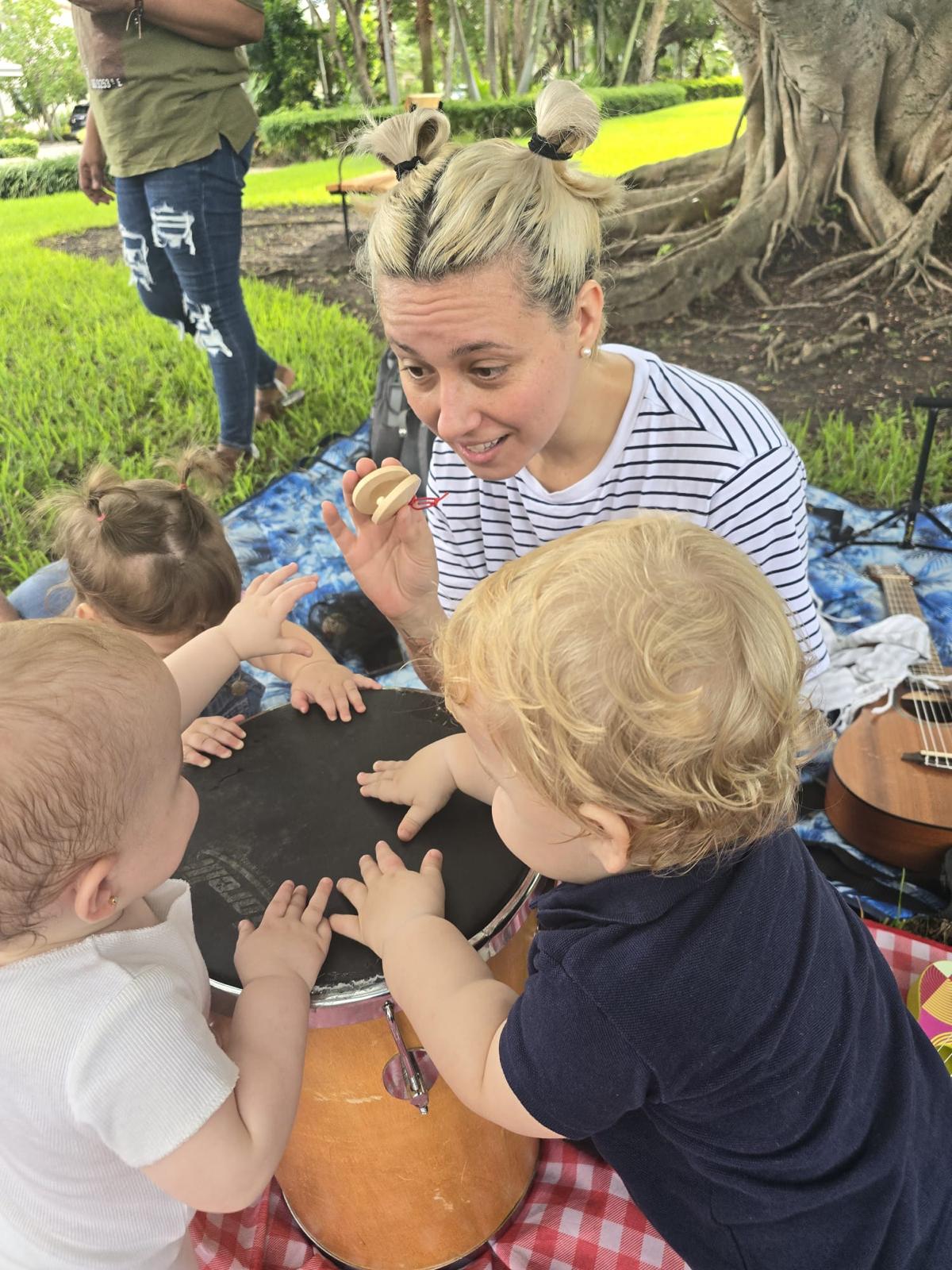What Happens in a First Guitar Lesson with Miss Nina
- Music with Miss Nina

- 5 days ago
- 3 min read
Name and list things, what will happen, and what we learn and do. Establish goals, discuss music interests, music learning history, an overall take of why we are here.
Set standards, rules of guided learning, music learning, music culture, challenges that come up when embarking on learning an instrument, other things.
Set student goals, lesson goals, learning goals, performance goals, creative goals...
I always say I talk the most in the first lesson, probably the most of all our lessons.
What hand do you write with? Still not sure? Here's the guitar — hold it how you want. How does it feel?
Here we get to see which hand will strum and which hand will fret.
Name the parts of the guitar and the music terms or vocabulary we use so we can understand each other, use the same language to refer to guitar things and music things.
Head, tuning keys, long neck with frets we remember are numbered 1, 2, 3 and so on. Dots on the odds until you get to 12, the next octave of each string. Octave has 8 in it, like octopus and octagon. So from open strings — no frets — to the 12th fret — pressing the small space right before the end of the fret or the next fret bar — and you are 8 notes away from its lower version.
All you need to know is A, B, C, D, E, F, G. No, there isn’t an H, although maybe somewhere in a far-off beautiful place they may use an H. So many rules I’ve learned have been broken in some successful way or other in music.
The sounds our instruments make are delivered and received as notes, and we label them with our music alphabet. That’s where you get the letters from. They don’t spell anything, although people have experimented with trying to play words made from the mix of the letters A–G. We also have the notes in between, and seeing a piano is an effective way of seeing the notes splayed out visually and manually.
First, what is the pattern of the black keys?
Two black keys, 3 black keys.
And in-between, all white keys.
Two places have no black keys in between: the E and F, and B and C.
If we play all the white keys from C to the next highest octave C, we have the notes: C, D, E, F, G, A, B, C.
The black keys serve as the sharps (#) and flats (b) of each natural note (regular letters).
C, C#/Db, D, D#/Eb, E/Fb, E#/F, F#/Gb, G, G#/Ab, A, A#/Bb, B, B#/Cb, C. (Excuse my human errors, you get what I’m saying.)
On the guitar, each open string is a natural note, starting from the top string — which is the lower sound — the big E, then A, D, G, B, and little e for the highest sound, and each fret of each string is the following note along the piano path (see #11.6).
WARNING:
The sound of your guitar, or rather the sounds you make on the guitar, may vary depending on nothing because it’s just the first class!
FAQ:
Which is harder? Piano or guitar?
They are both challenging, but I was told as a student and agree as a teacher that to make a pretty sounding note can be trickier on the guitar over a piano.
How long do you have to play guitar to play a song?
Depending on the song, it could take just one lesson.
How long does it take to be good?
It never ends.
Comments